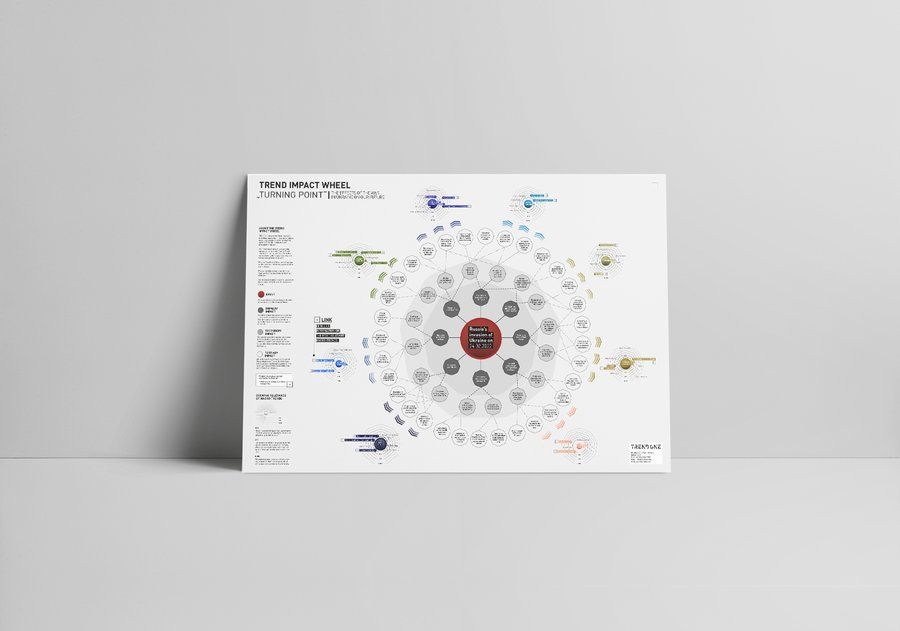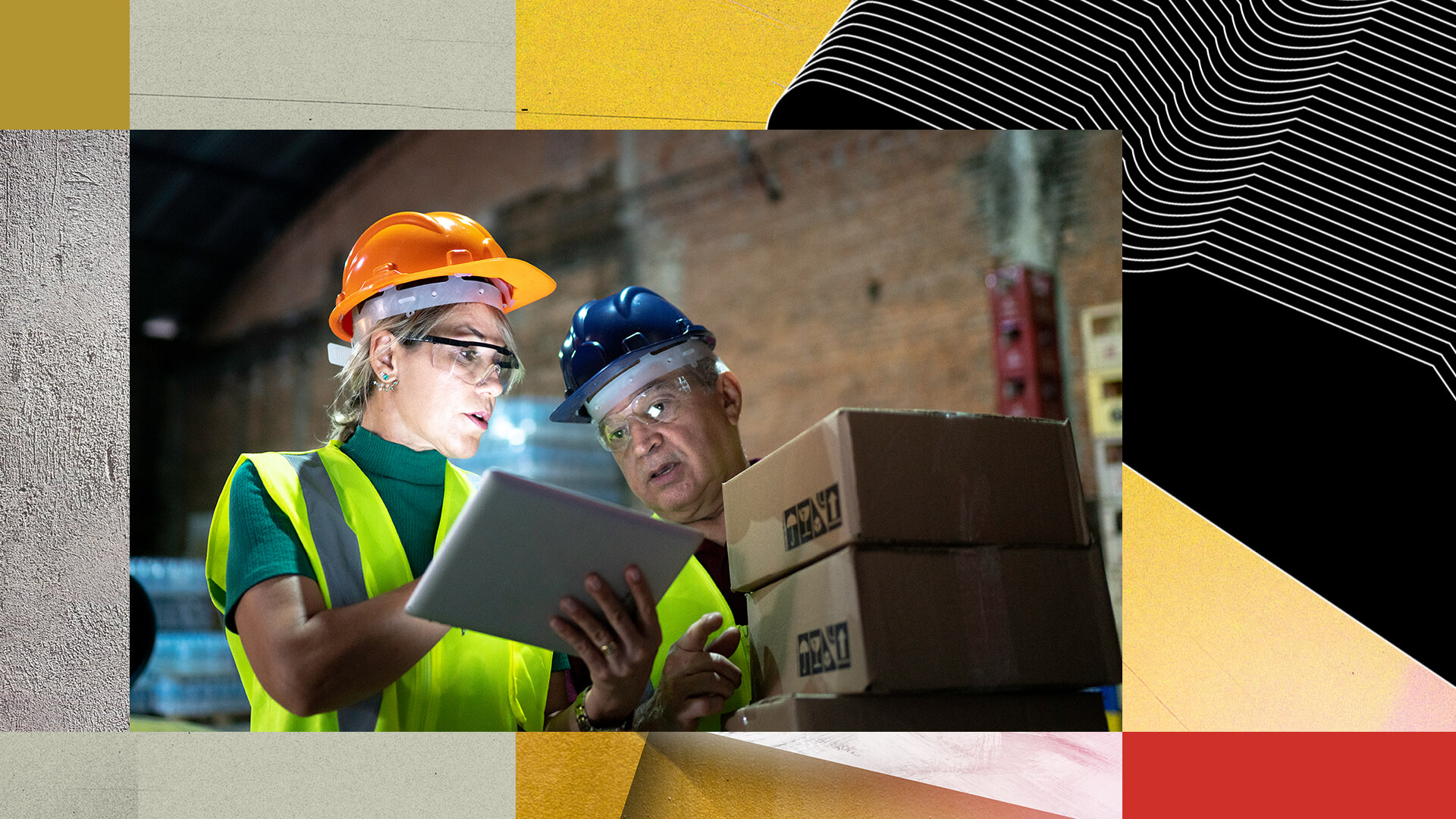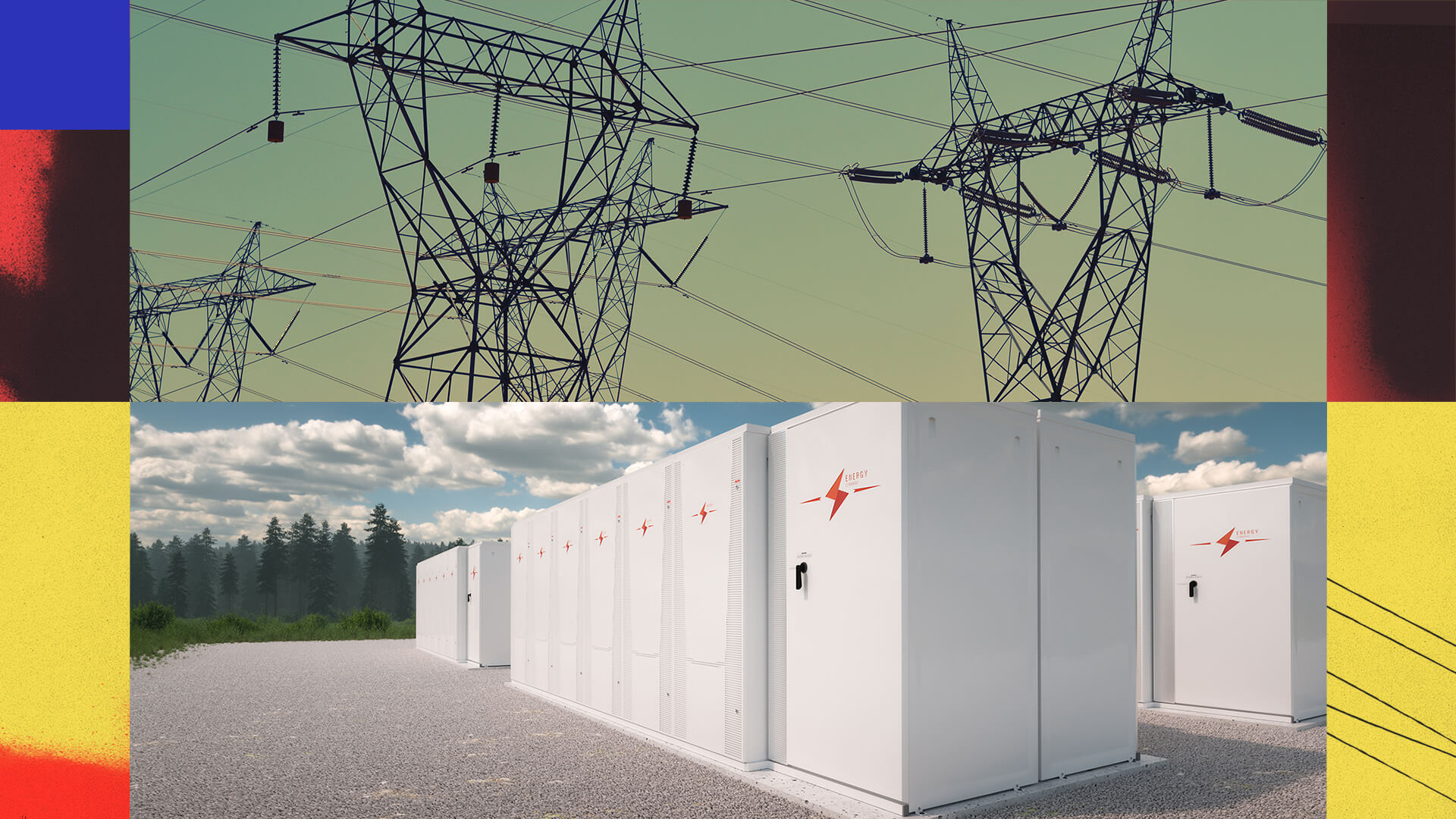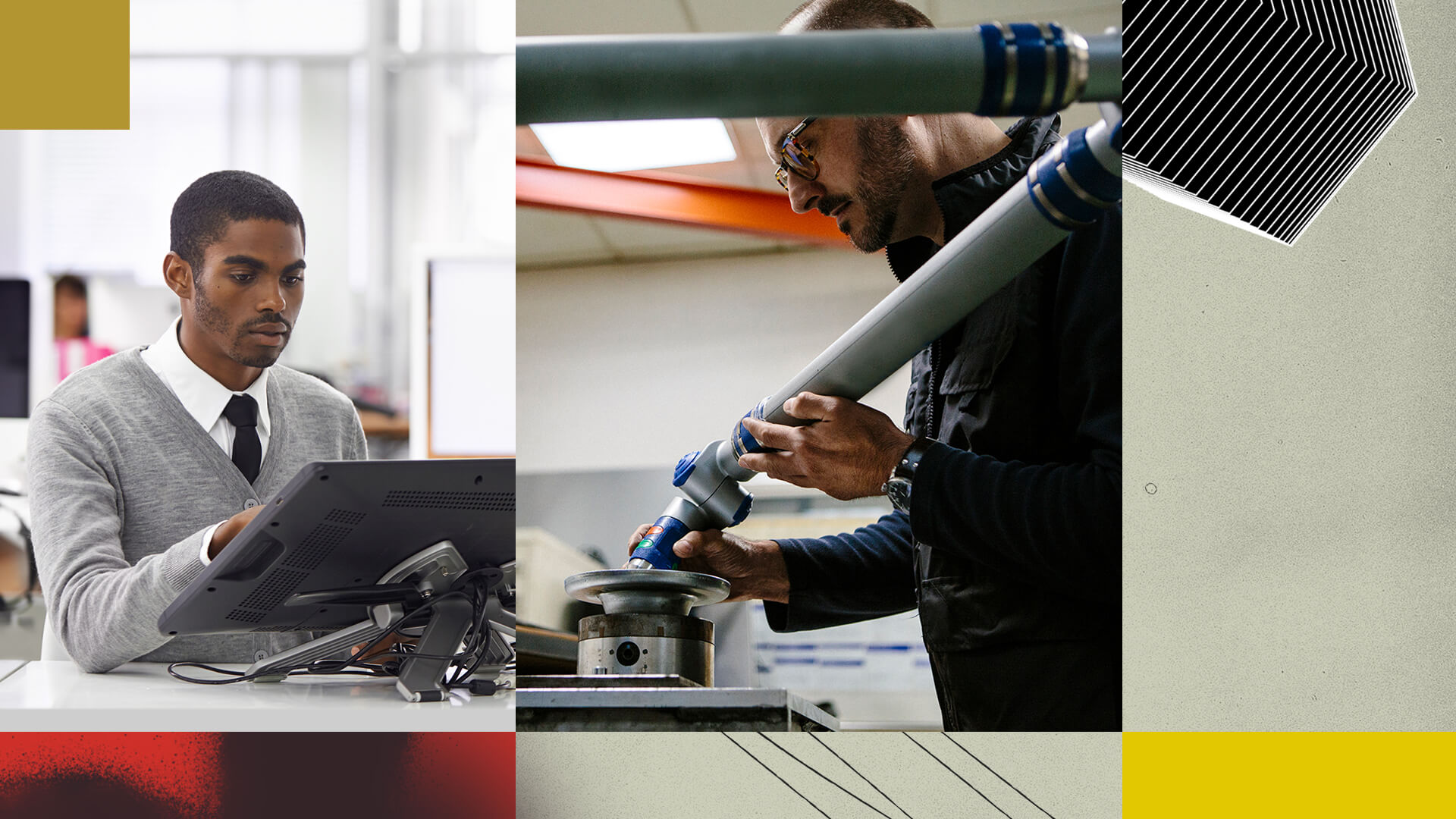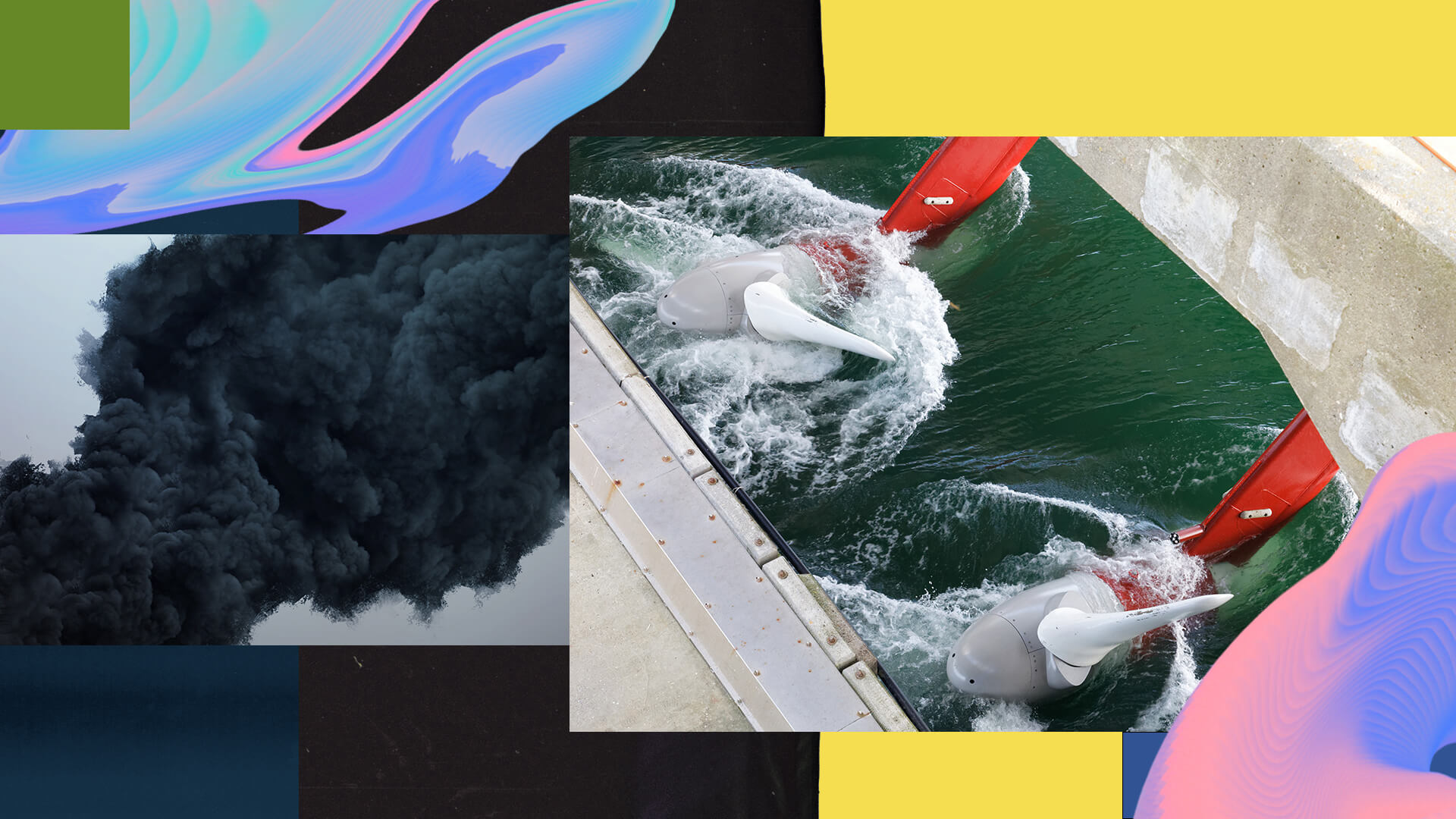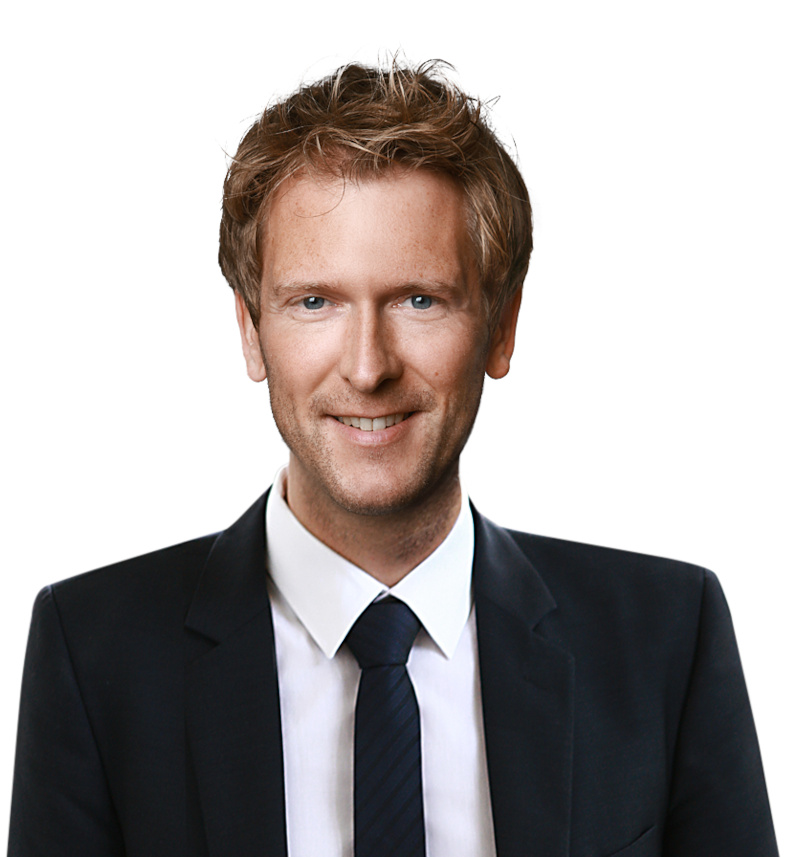The effects of the war in Ukraine
Russia’s invasion of Ukraine has led to political and economic upheavals whose dimensions can already be seen today. Just as the corona pandemic was taking us into a new normal, the paradigm shift in foreign, energy and security policy has now moved the focus once more.
We are facing a highly dynamic situation yet again, which is dispensing with previous certainties and creating new divides. On the one hand, innovation projects are being stopped while, on the other hand, the greater relevance of trends means that companies are quickly having to initiate new innovation measures.
Against this background, what can and must innovation managers prepare for? How can trends whose relevance has increased now be classified? The TRENDONE Trend Impact Wheel visualizes the direct and indirect consequences of the war in Ukraine and explores the potential futures after this turning point.
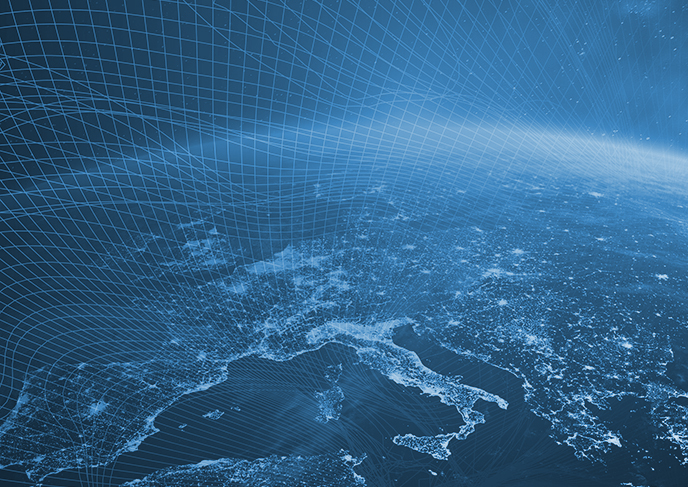
Trend Impact Wheel Turning Point
There is now great uncertainty regarding the further development of the economy. In the light of rapidly rising prices for energy and raw materials, serious impairments to supply chains and the withdrawal of many companies from the Russian market, a complex situation has arisen in which it is difficult to separate cause and effect. The TRENDONE Trend Impact Wheel shows what influence Putin’s war will have on companies, which trends will grow in relevance, and what innovation teams must now focus on.
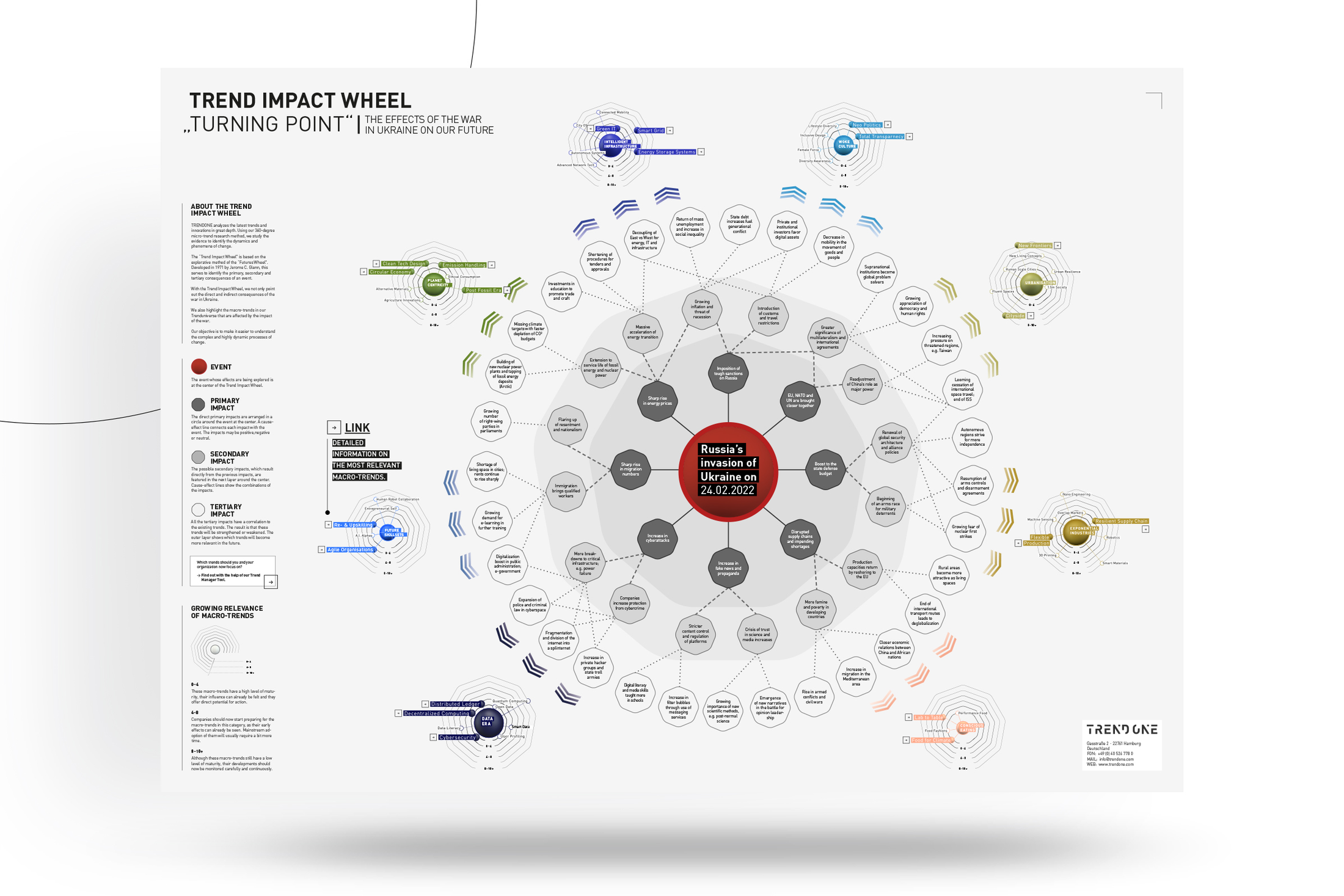
The most relevant macro-trends
We also highlight the macro-trends from the TRENDONE Trenduniverse that are particularly impacted by the effects of the war in Ukraine and have grown in their cross-industry relevance. You can find detailed information on the trends, drivers, opportunities and risks in the Trend Manager, the tool for digital trend management.
Interactive Impact Radar
Using the interactive TRENDONE Impact Radar, we highlight the effects of the war in Ukraine on selected macro-trends from our Trend Impact Wheel in relation to the mega-trends. Our method categorizes the trends into areas entitled Act | Prepare | Watch where they are clearly classified according to their greatest relevance.
Expert interview
Prof. Henning Vöpel, Director of the Center for European Policy (CEP)
